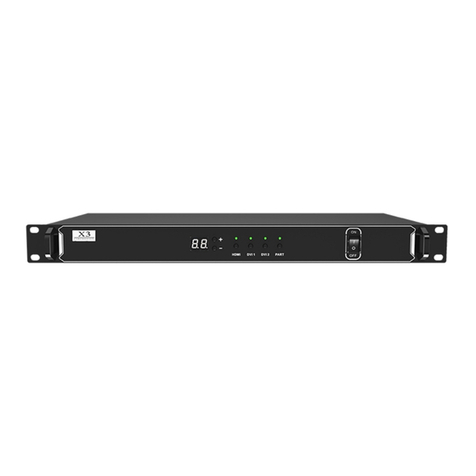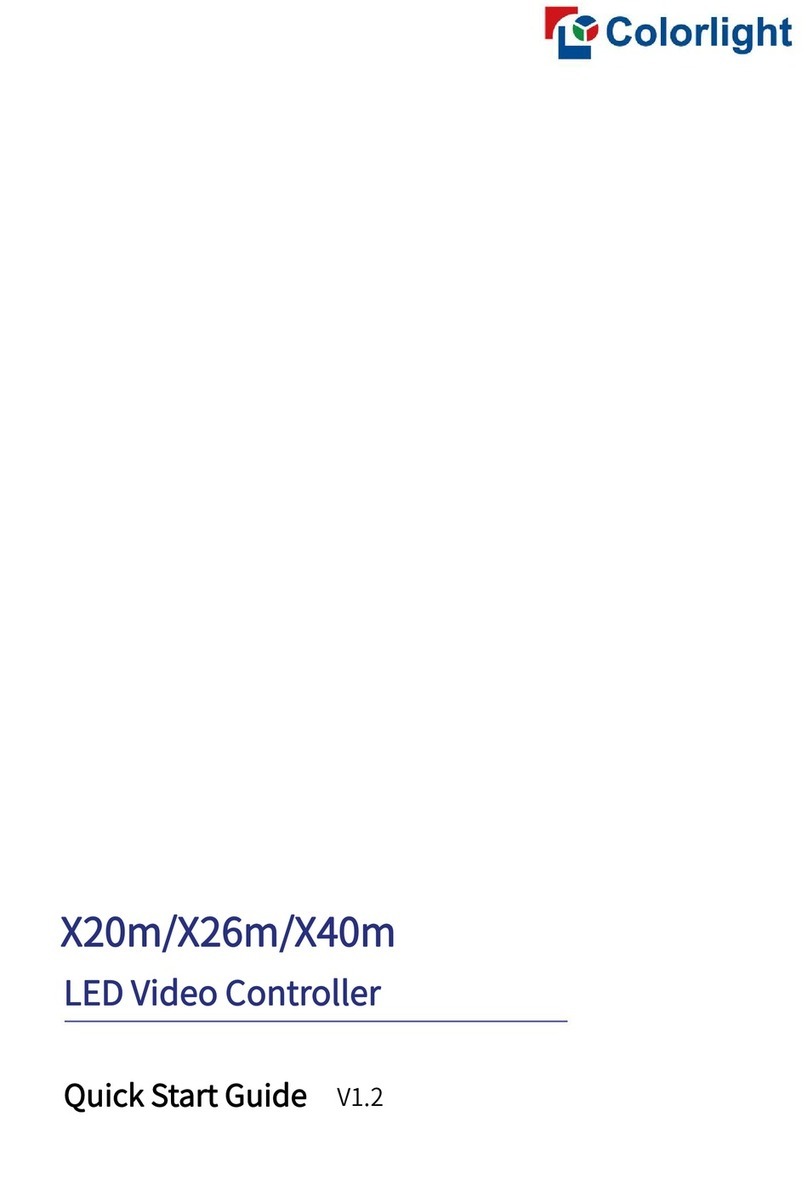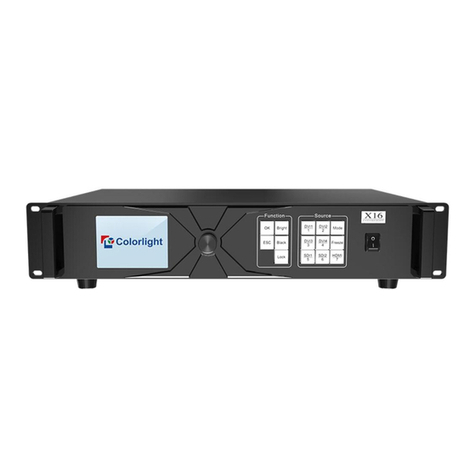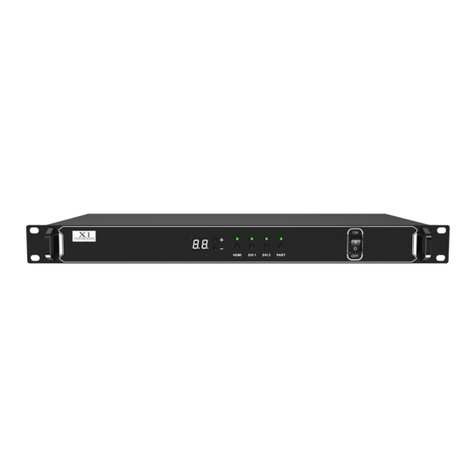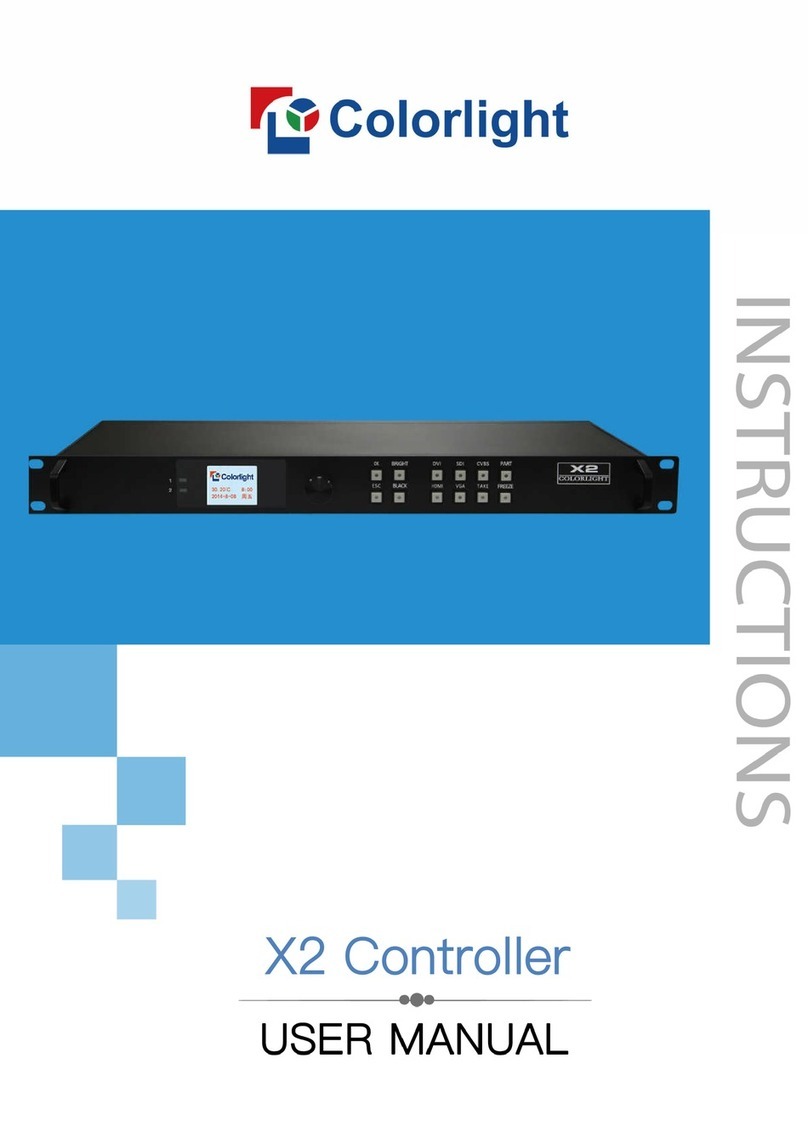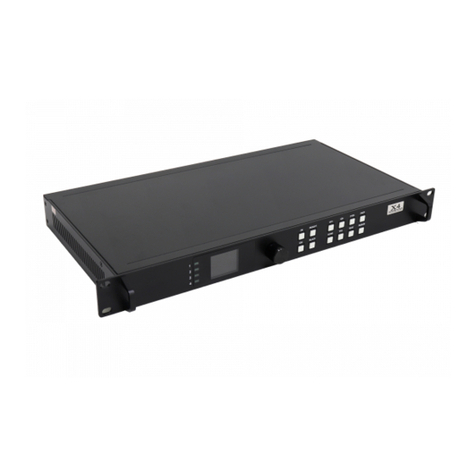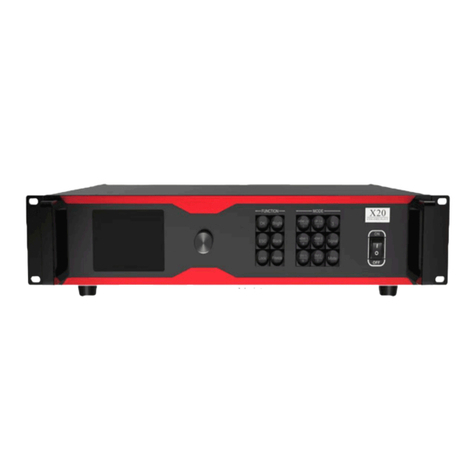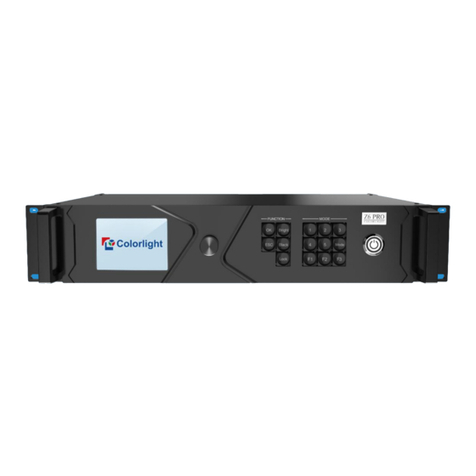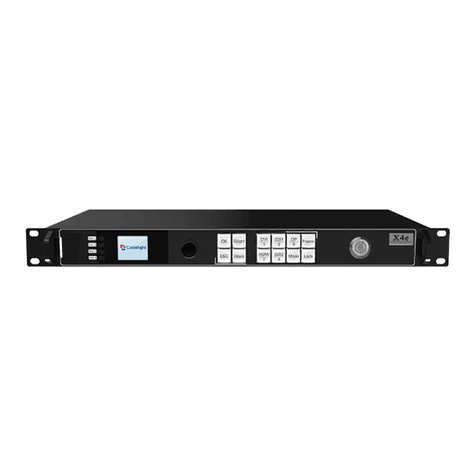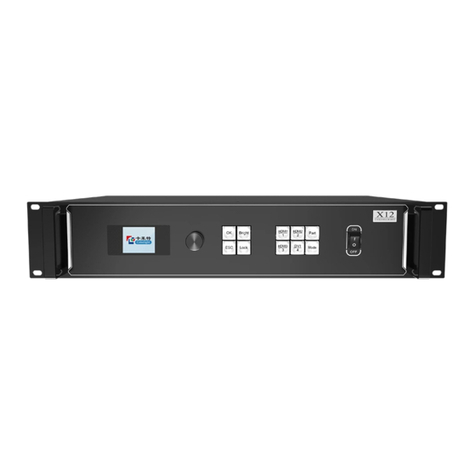
Content
1 Overview ...........................................................................................................................................................1
2 Appearance .......................................................................................................................................................1
3 Signal Connection ............................................................................................................................................3
4 LEDVISION Installation ...................................................................................................................................3
5 Parameter Configuration .................................................................................................................................4
5.1 Detect Sender and Receiving Card ..........................................................................................................4
5.2 LED Screen Setting ....................................................................................................................................5
5.2.1 Sending Device Setting ......................................................................................................................6
5.2.2 Screen Parameters Setting ............................................................................................................. 13
5.2.3 Connection Parameters Setting ..................................................................................................... 14
6 LCD Operation Instruction ........................................................................................................................... 16
6.1 Operational Motion Instruction ............................................................................................................ 16
6.2 Main Interface ........................................................................................................................................ 17
6.3 Operation Instruction ............................................................................................................................ 17
6.3.1 Display Setting ................................................................................................................................ 17
6.3.2 EDID Setting .................................................................................................................................... 18
6.3.3 Splicing Setting ................................................................................................................................ 19
6.3.4 Input Clip Setting ............................................................................................................................ 19
6.3.5 Output Setting ................................................................................................................................. 20
6.3.6 Output Shift ..................................................................................................................................... 20
6.3.7 Lock to Input ................................................................................................................................... 21
6.3.8 Art-Net Setting ................................................................................................................................ 21
6.3.9 Others .............................................................................................................................................. 22
